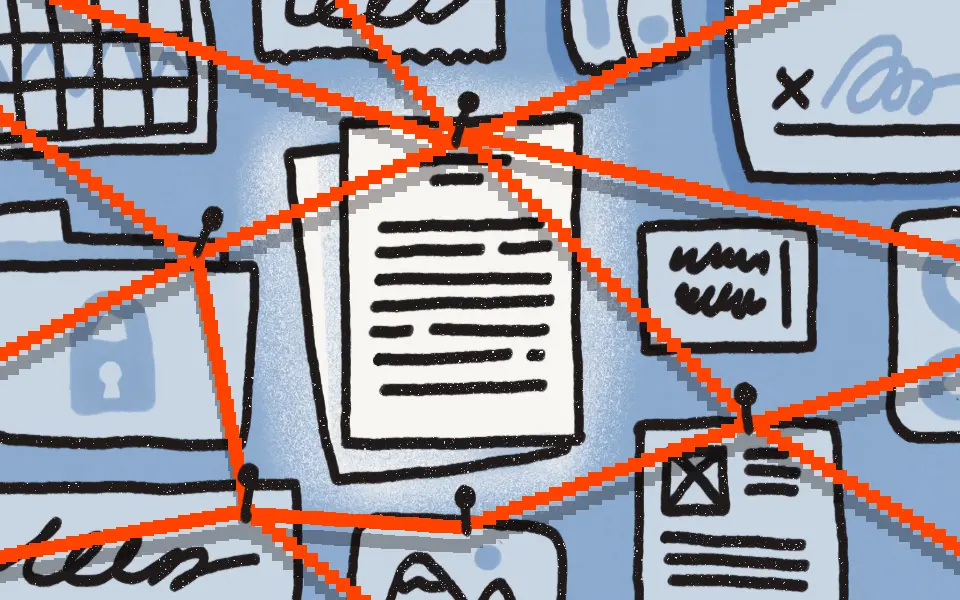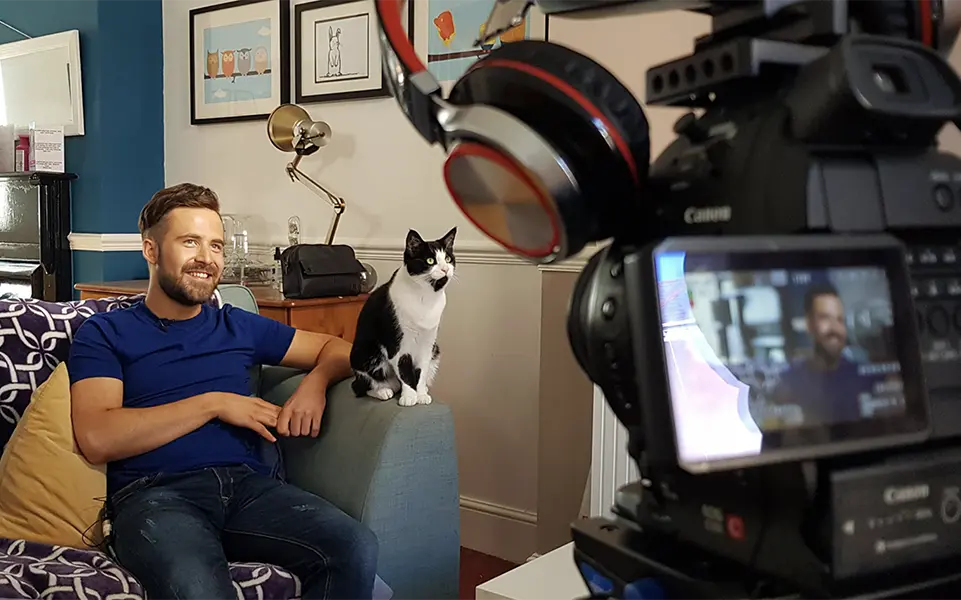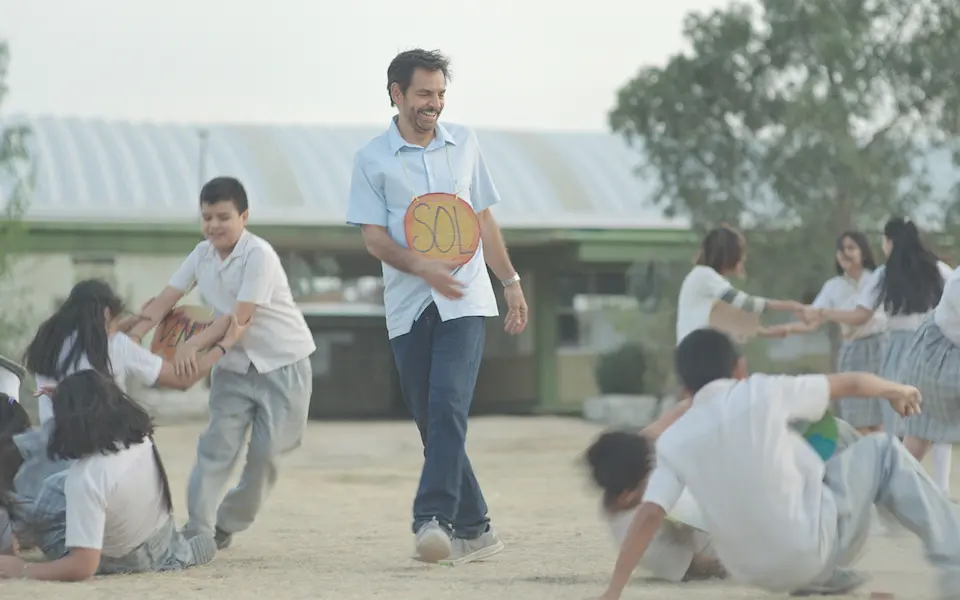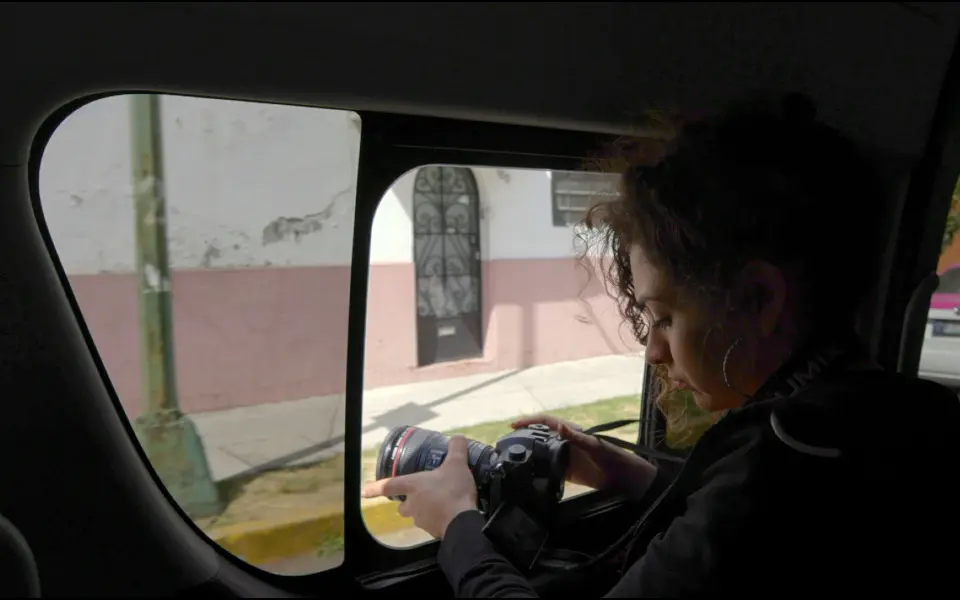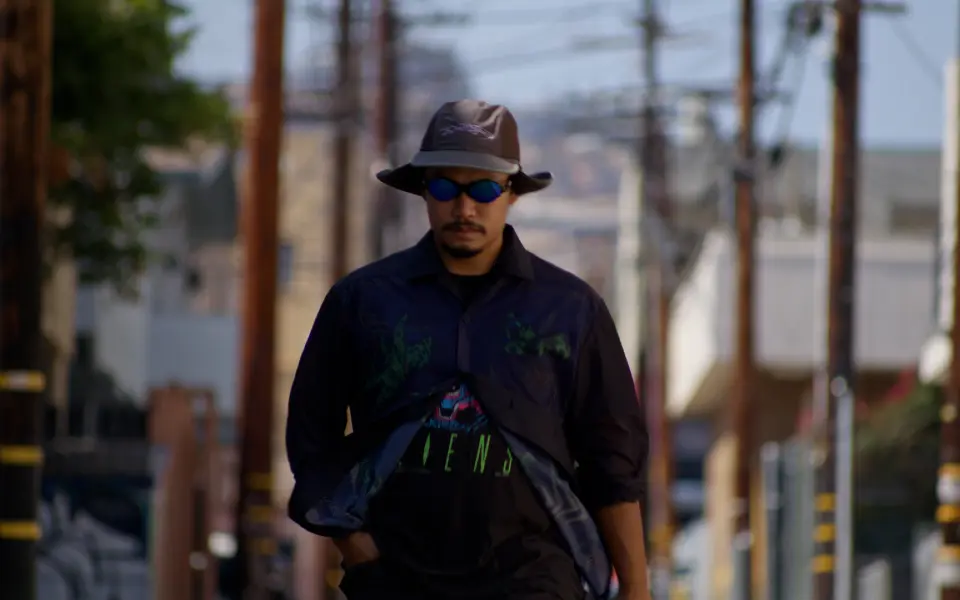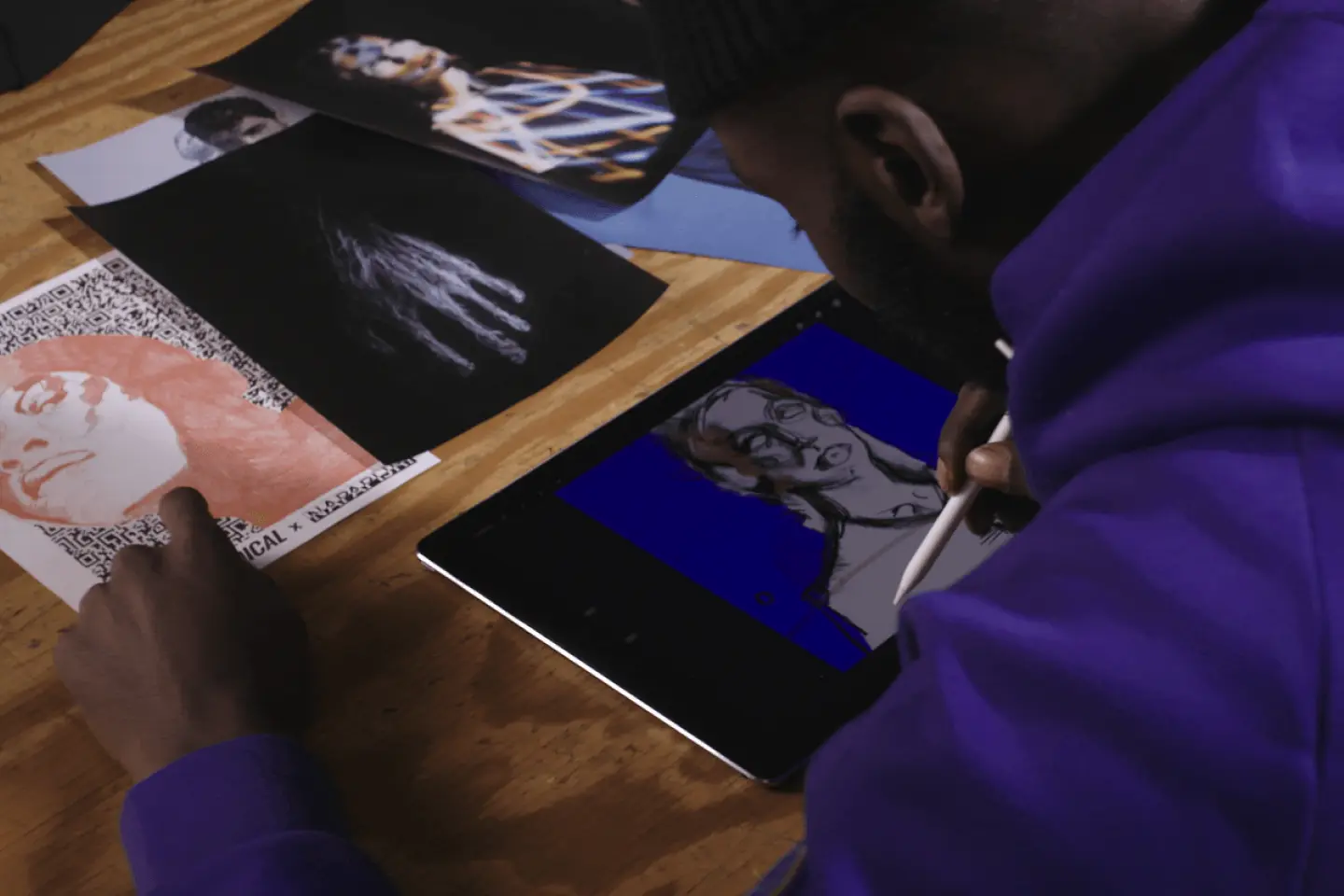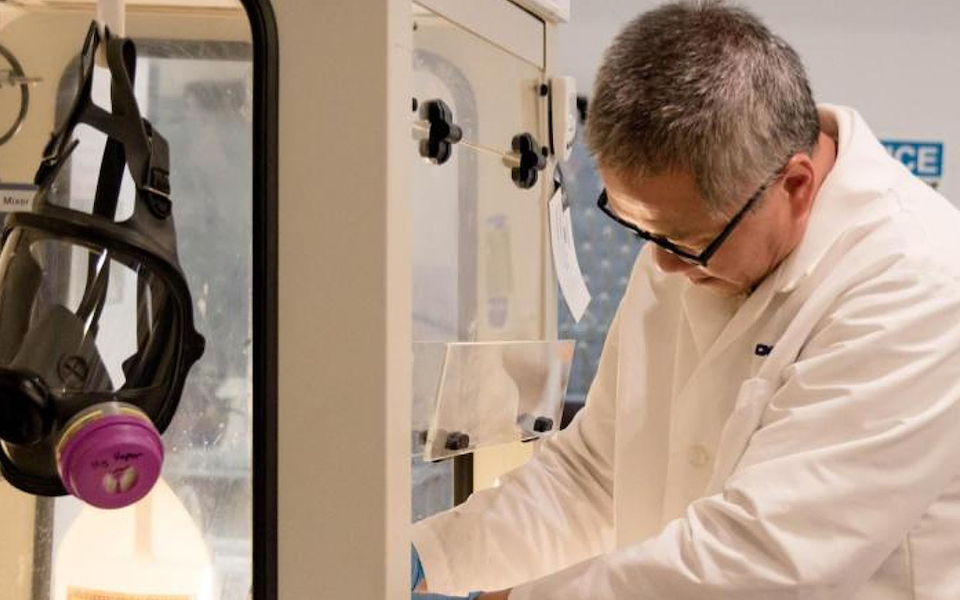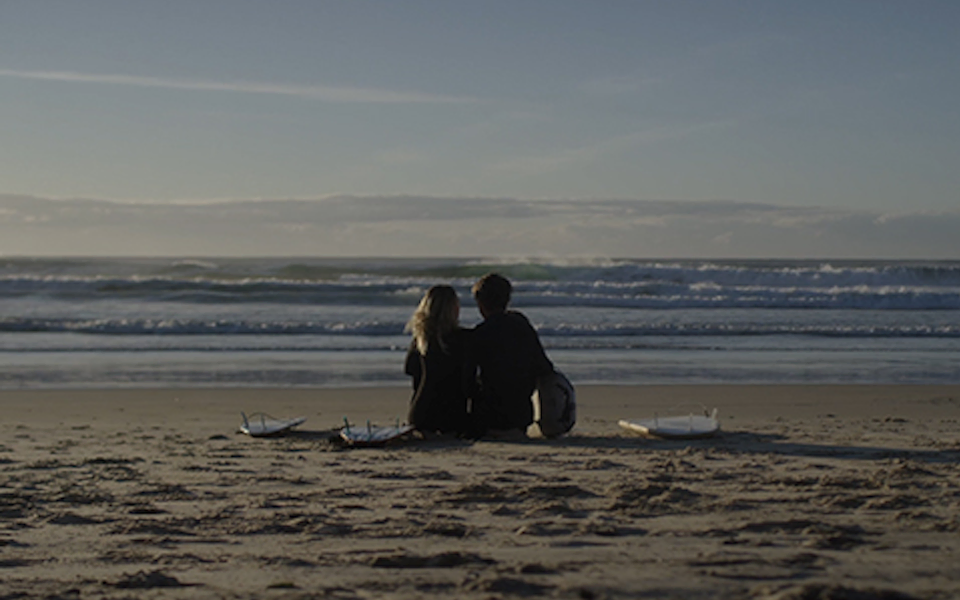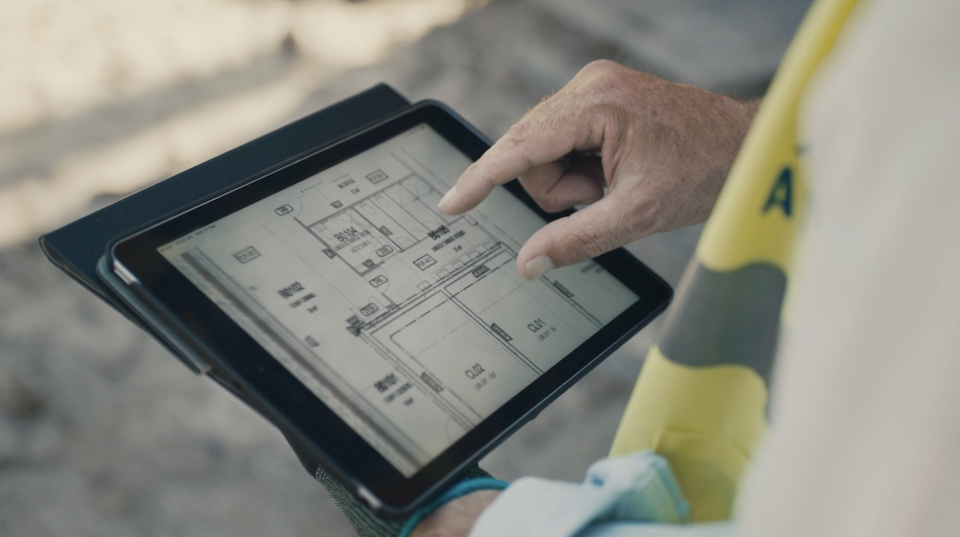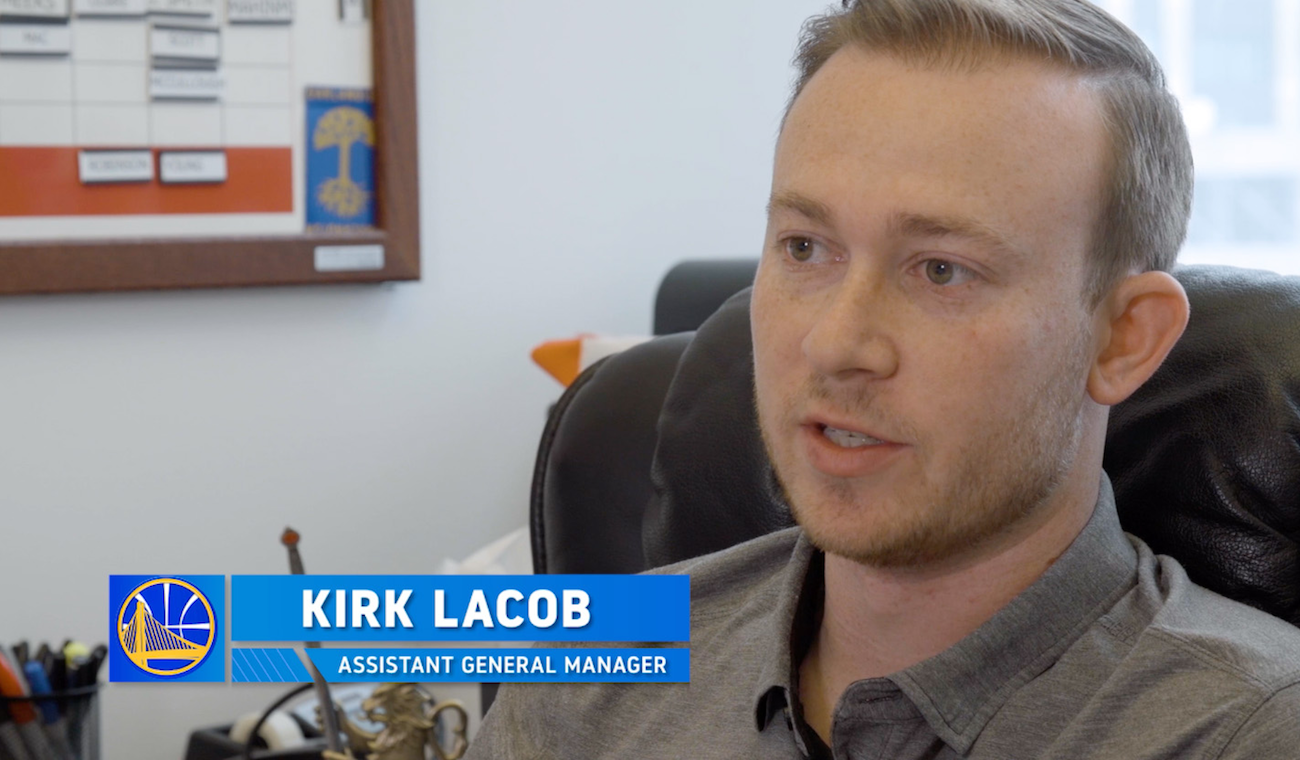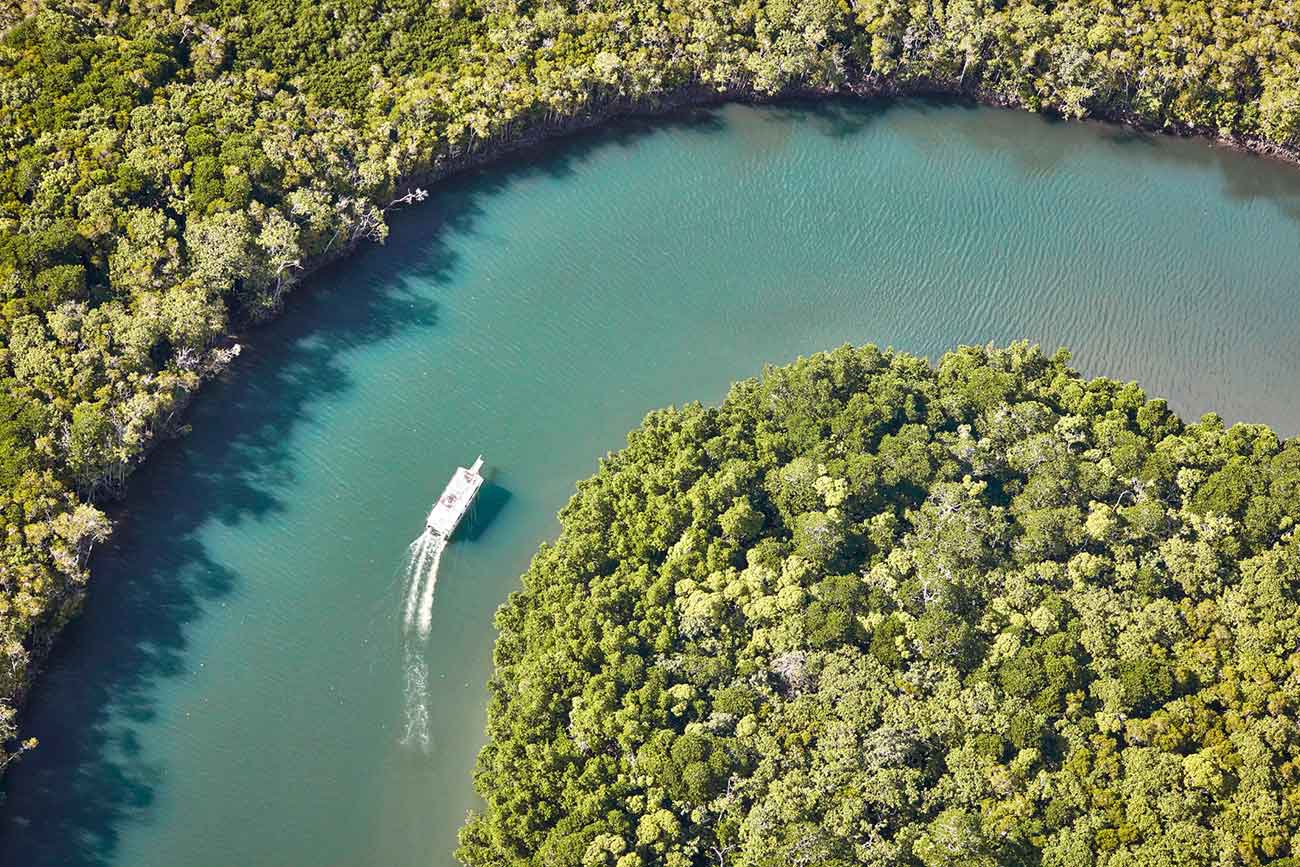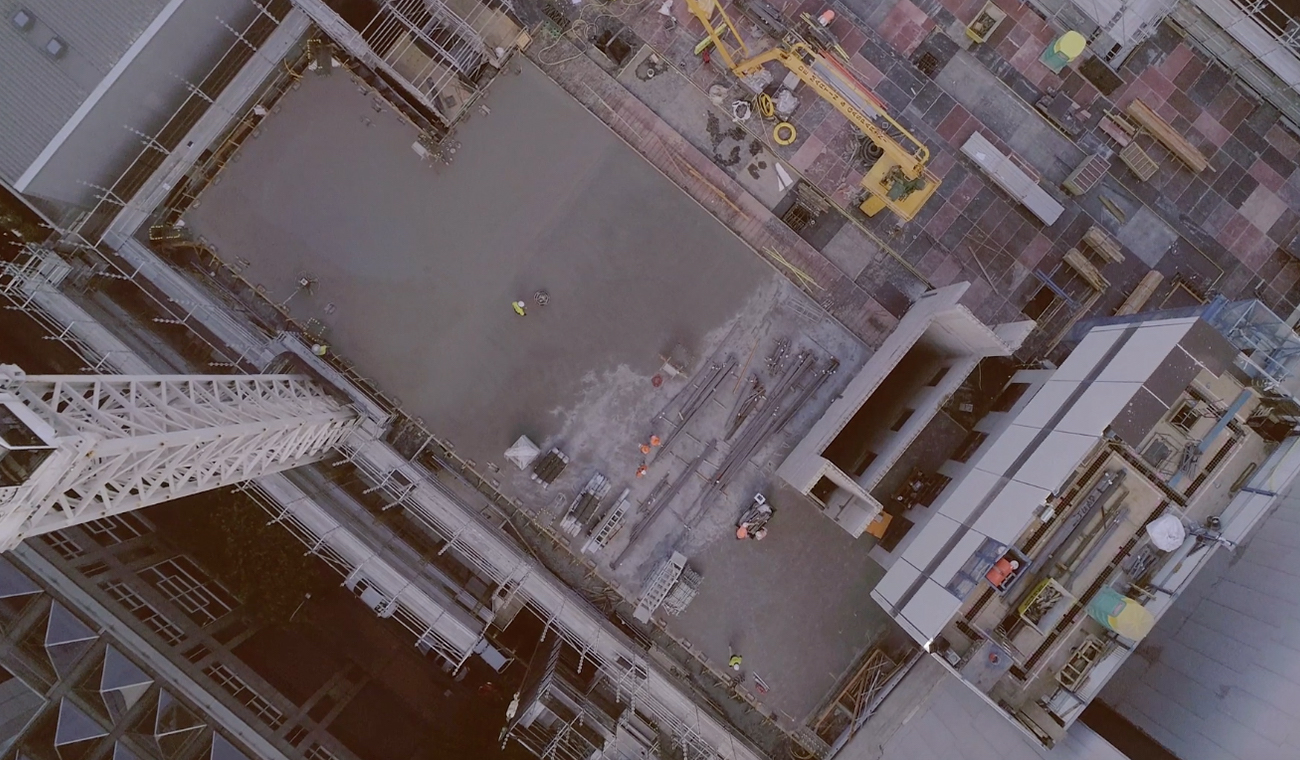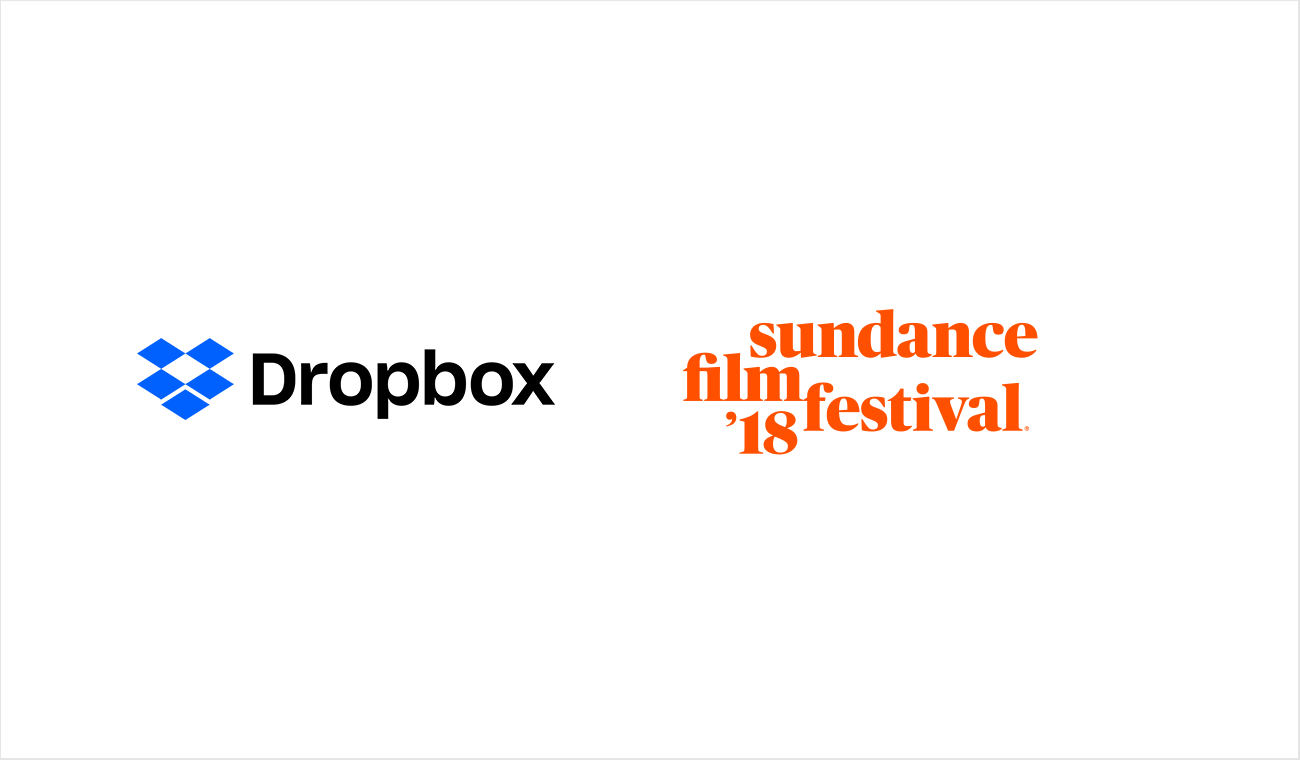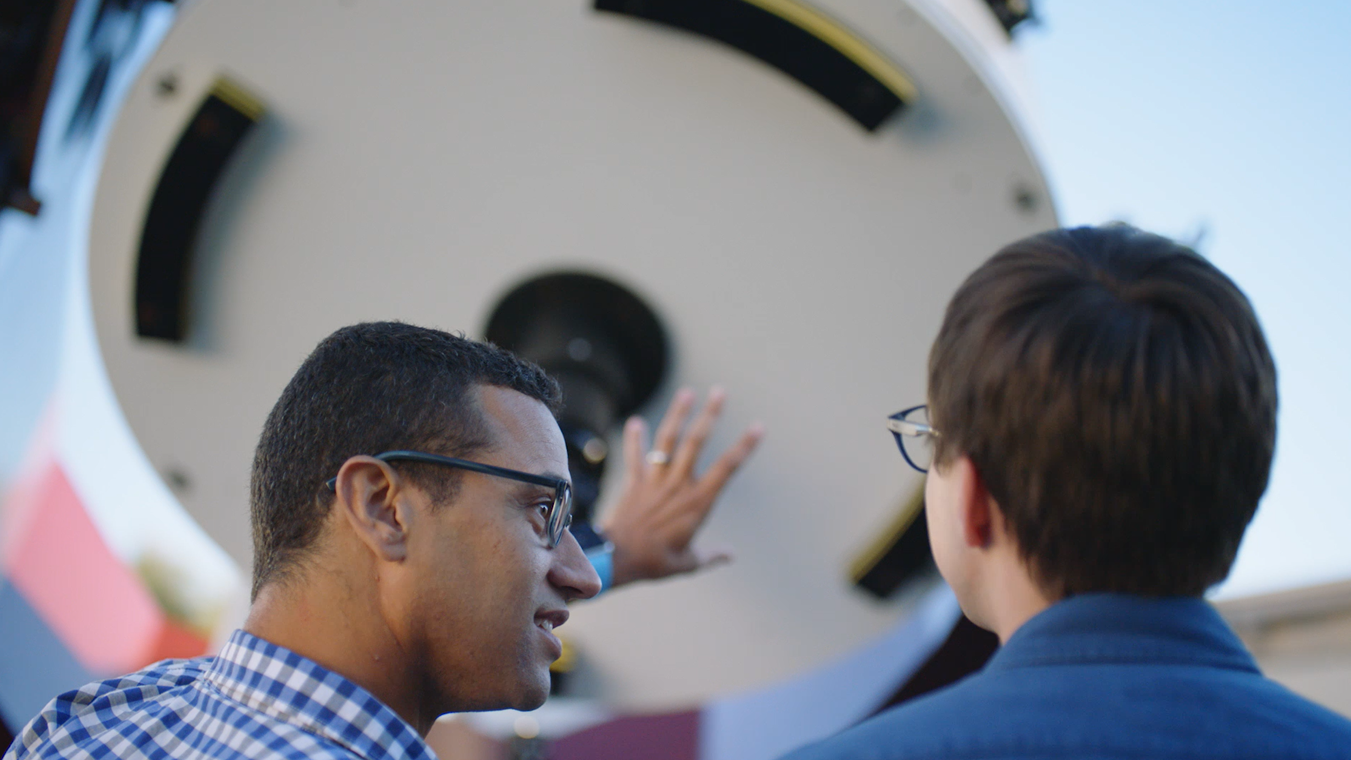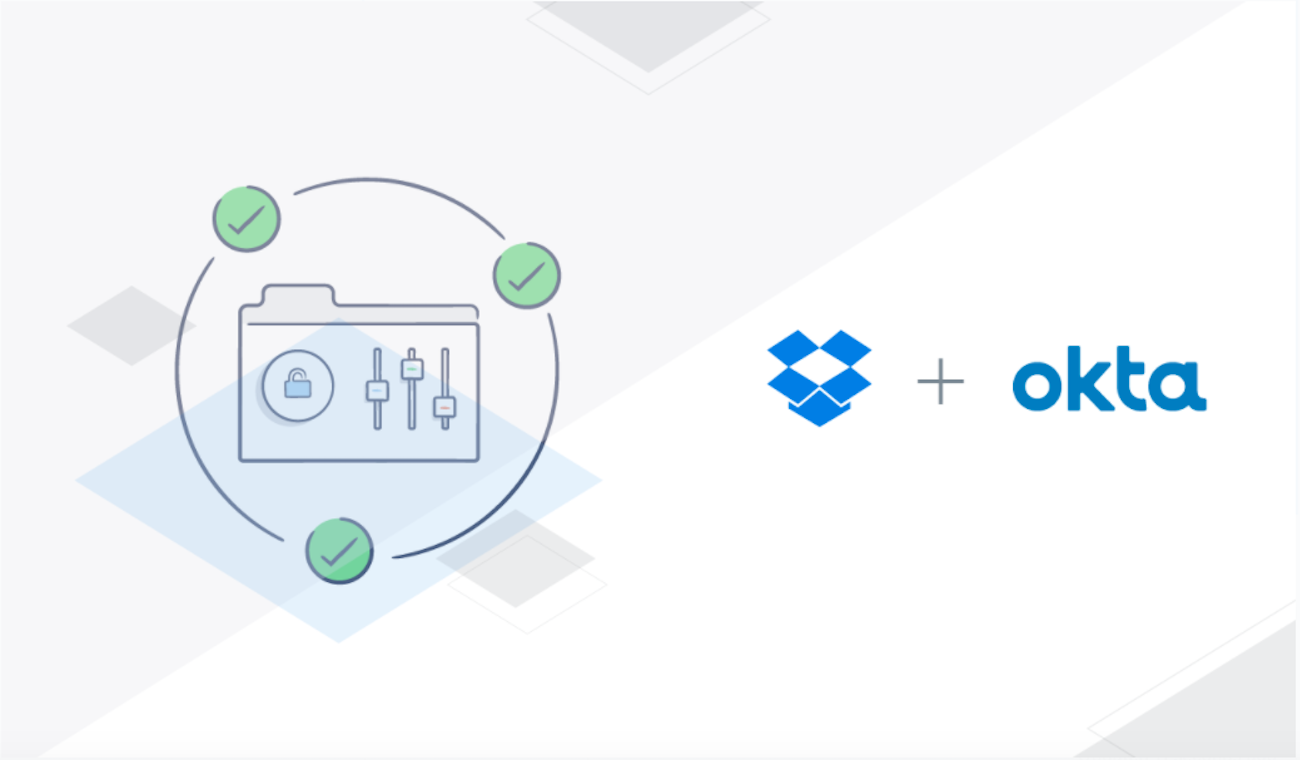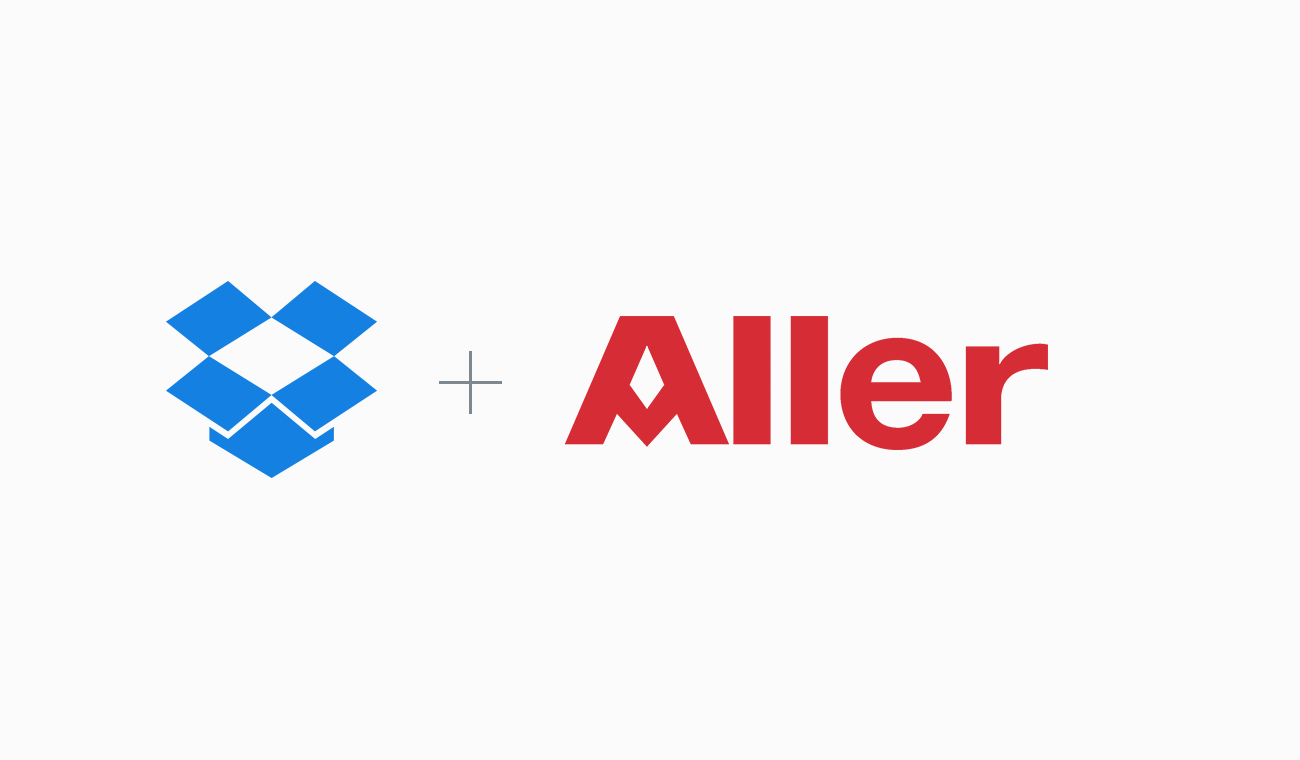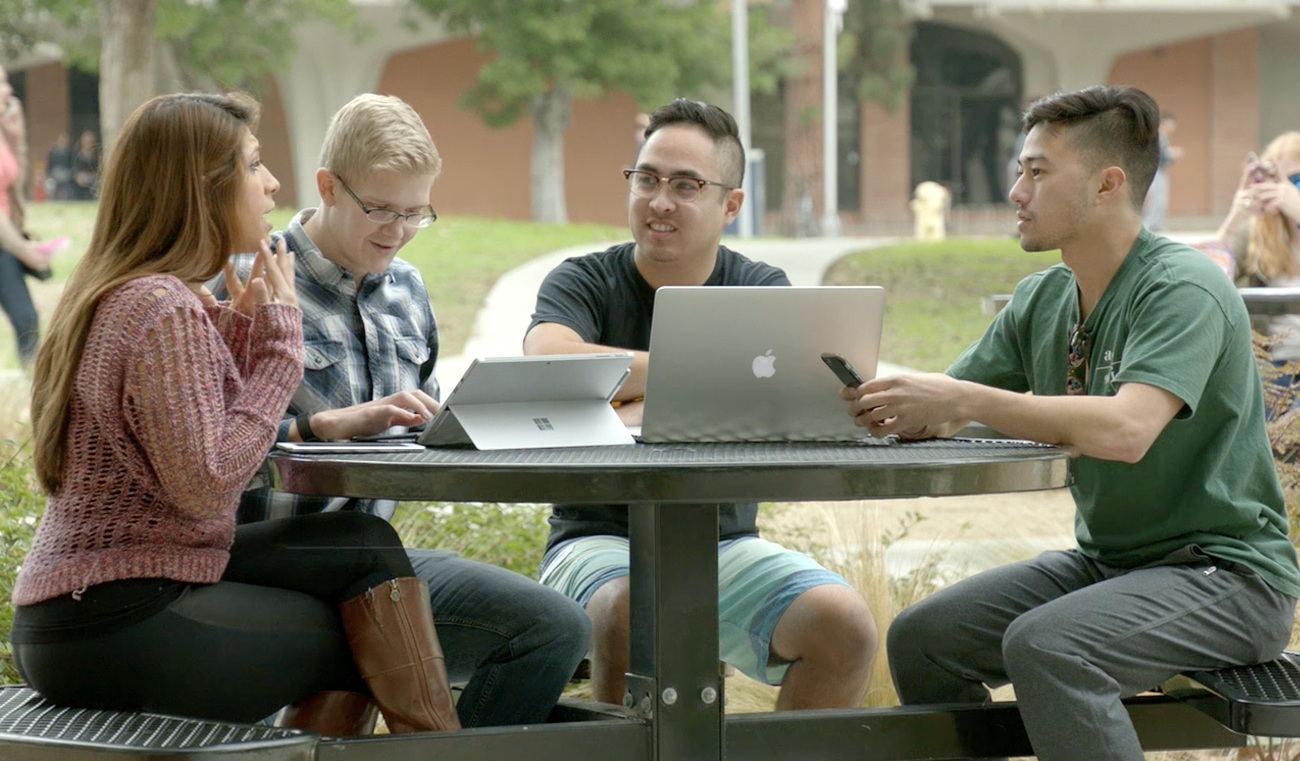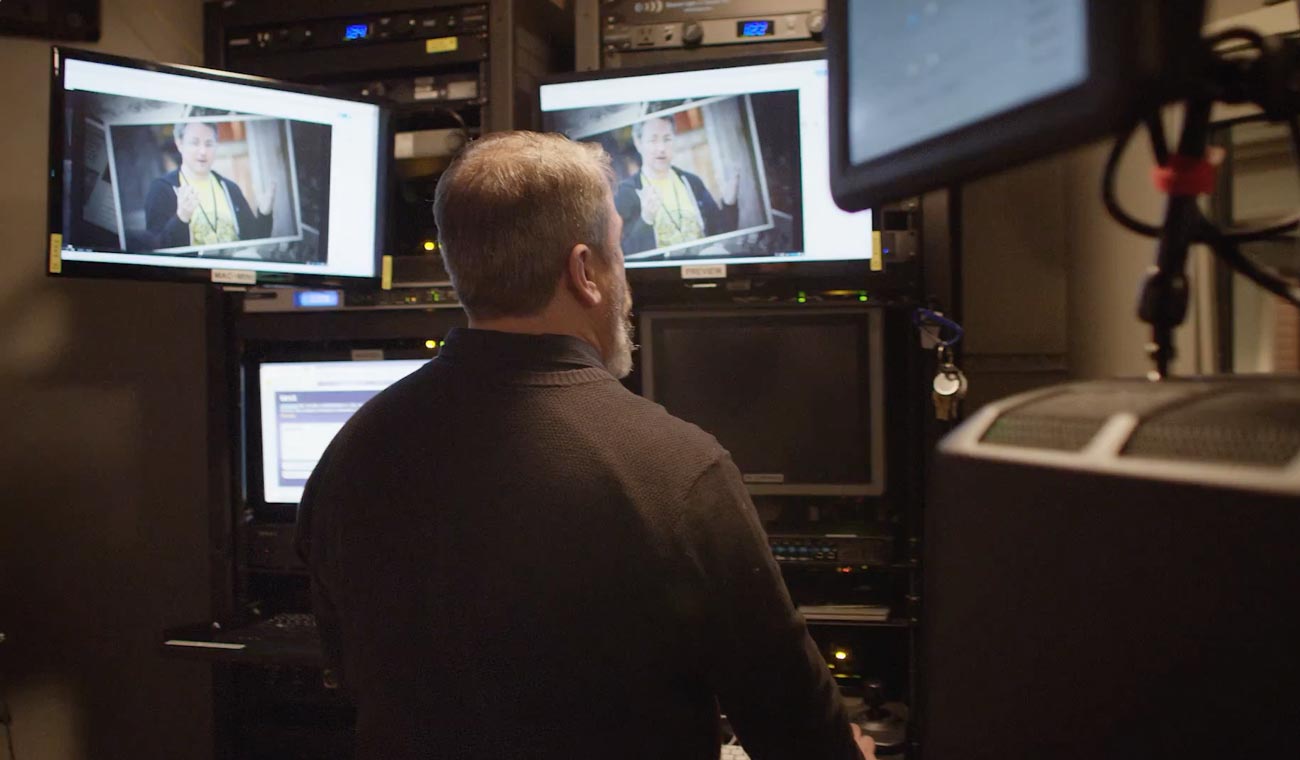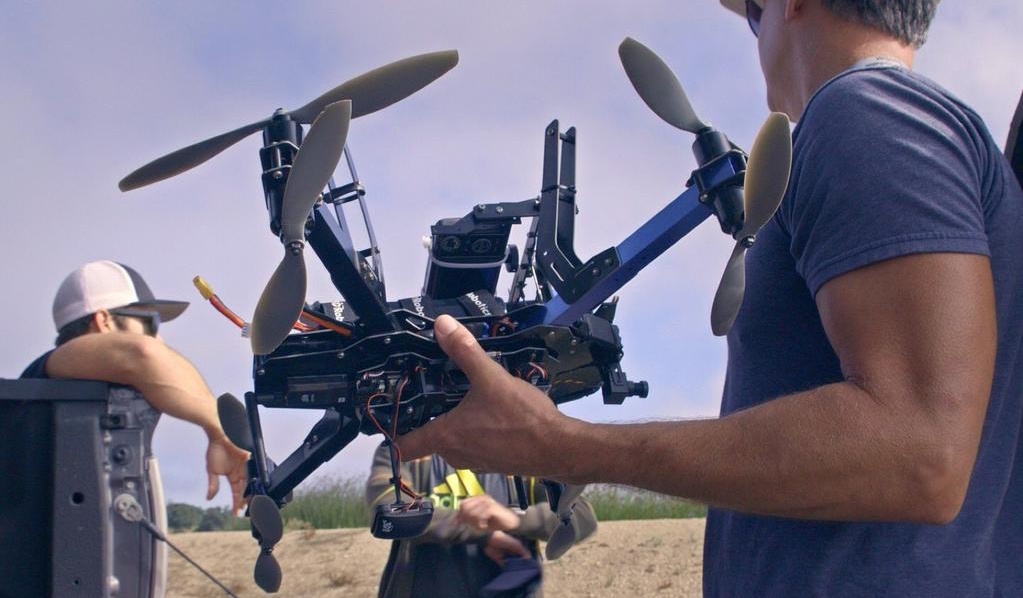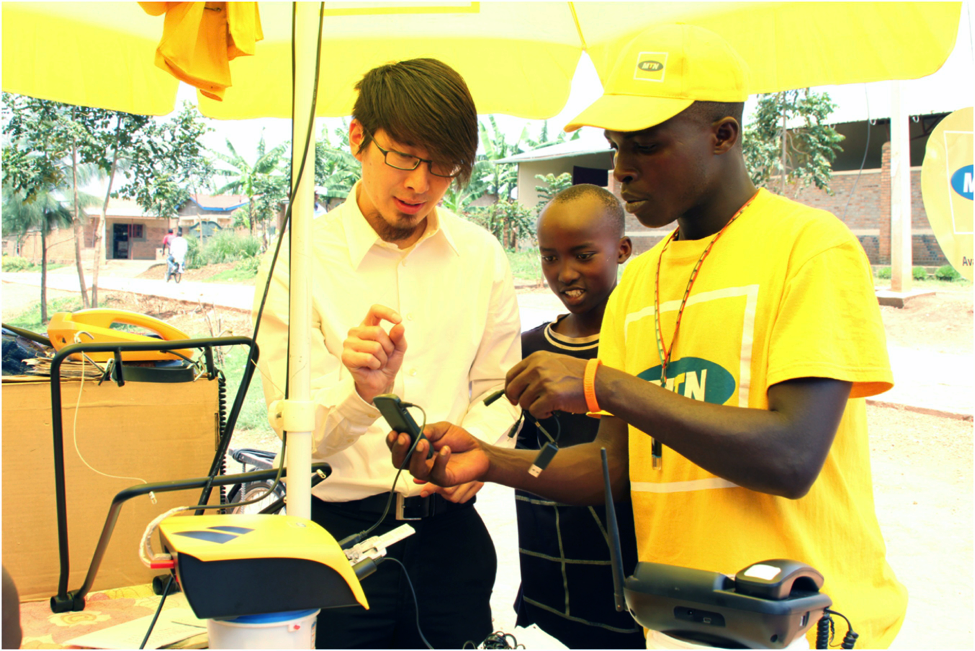
How Sea Shepherd navigates oceans of data to save marine wildlife
Published on September 27, 2024
In the dangerous work of defending the ocean, Sea Shepherd trusts Dropbox to keep its assets (a.k.a. evidence) secure.
Earlier this year, on March 8, the crew of the Age of Union, an 180-foot vessel in the waters off of The Gambia, executed a rapid operation that sent shockwaves through the region’s illegal fishing industry. In just 24 hours, they, along with the Gambian Navy, apprehended eight industrial trawlers violating protected waters and fishing without licenses. The trawlers had been overfishing species like sardinella—a species essential for food security in Gambia and beyond.
Surprisingly, the Age of Union isn’t a government ship filled with naval officers. It’s a craft operated by the nonprofit Sea Shepherd and staffed almost entirely by a crew of volunteers.
Suffice it to say, Sea Shepherd is not your standard workplace: The organization commands a fleet of ships in some of the most dangerous waters on Earth—from tackling unlicensed longline fishing in the Mediterranean to confronting rogue supertrawlers in the icy Antarctic—all with the greater goal of safeguarding the ocean’s most vulnerable species.
Founded in 1977, the ocean conservation group made a name for itself as a fearless outfit that would force their crafts between whalers and their prey, as featured in the aughts-era reality show Whale Wars. While the organization still patrols the seas and helps nab illegal, unreported, and unregulated (IUU) fishing violators—sharing dramatic evidence of operations like the one in The Gambia with over a million Instagram followers—they now also work alongside governments to push for and enforce stricter conservation laws.

Capturing compelling footage of their encounters and environmental destruction is central to their mission, all starting aboard those far-flung boats.
“Every day we are physically out there in the ocean, hands-on, doing something—and because of that, we have a ton of footage and photos [of] everything we do,” says Lukas Erichsen, Sea Shepherd’s IT and media manager. He mentions that, over the years, they’ve sometimes seen themselves as almost as much a media organization as a conservation group due to the vast amount of content they produce.
With such vast documentation—often amounting to multiple terabytes of data per campaign—managing and protecting it all became a monumental task. That's why Sea Shepherd turned to Dropbox and Dropbox Replay to streamline their workflows and safeguard their content.
“We have things that are hard by nature, just because you're on a ship,” says Erichsen,“but anywhere we can, we try to streamline and simplify.”
A rising tide of data
Illegal fishing operations are growing more sophisticated. Aside from using encrypted communication, some now manipulate tracking systems like transponders to create false locations, making them much harder to detect than when they simply turned off the devices.
But Sea Shepherd is getting more tech-savvy, too.
In recent years, advances in satellite internet technology have revolutionized their ability to send and receive data from the middle of the ocean, whether it’s uploading video footage to Dropbox or providing real-time updates on mission progress.
Each of the eight ships in Sea Shepherd's fleet is equipped with high-resolution cameras, drones, and other advanced imaging equipment to document illegal activities and environmental impacts. Every mission generates countless hours of footage, from close run-ins with fishing vessels to video evidence of environmental destruction.
“You have only a few seconds to decide what’s happening out there, and if you miss that moment, you miss the shot,” says Erichsen.


With ships patrolling thousands of miles of ocean, the crew needs to capture and share data instantly, even in the most isolated locations. Recent campaigns have taken the Sea Shepherd fleet to Tuvalu in the South Pacific, where illegal fishing threatens critical tuna breeding grounds, and the Mediterranean, the most overfished body of water in the world. Capturing everything is vital, Erichsen says, not only to document their work but to use as proof when bringing legal cases against illegal operators.
“With Dropbox, we’ve been able to save a lot of time with automatic transfers, and we’ve been able to store, tag, and organize,” he adds. “We might go back and look for media about longline [a commercial fishing technique] and dolphins, and because everything is tagged and processed nicely, we can search for it. This morning, we found material from almost exactly 10 years ago that we went in and used.”
Mission-critical security and feedback at sea
In the high-stakes world of ocean conservation, data security is paramount. A few years ago, the organization experienced a ransomware attack due to a security issue with a previous supplier, which revealed the vulnerability of their media archive despite having backups in place.
“Just because of the sheer size and volume of data that we had at the time [half a petabyte], I was able to stop the encryption as it was happening, and shut it down. We moved to Dropbox immediately thereafter,” Erichsen says with a laugh.
With Dropbox, Sea Shepherd safeguards sensitive footage, reports, and communications from bad actors. The team securely stores and shares files only with necessary parties, streamlining their process. (Data is continually backed up to Dropbox, as well.)

The majority of the crews on Sea Shepherd boats—people like photographers and videographers—are on rotations. They stay on board for three months, then have a three-month break. To maintain consistency across projects despite the turnover, they’ve turned to Dropbox Replay, a video tool that streamlines collaboration.
“Being able to give feedback directly on a spot in the video with the proper time codes just simplifies a lot of things,” he says.
Replay allows the team to provide clear feedback in one cohesive place, helping them maintain consistency across media projects regardless of who is (literally) on board.
“When you're dealing with so many volunteers that are in and out, you need things to be as easy to use as possible,” says Erichsen.
Catching lawbreakers in their net
Their relentless documentation efforts against the $10 billion-plus illegal fishing industry are getting results: During their recent campaign in Antarctica, Sea Shepherd documented the activities of krill fishing vessels, highlighting the environmental impact of this legal fishery, which played a critical role in halting the expansion of fishing zones in the Southern Ocean.
“We've always believed that the camera is the most powerful weapon in the world to fight the issues we’re up against,” says Erichsen.
“It's very easy for these companies to go out there and say, like, ‘Oh, we're only taking 1% [of the krill population] and it’s not harming anything,’” he continues. “But it's one of those cases where a photo speaks a thousand words, right?”
Learn more about Sea Shepherd's work by watching the video below.
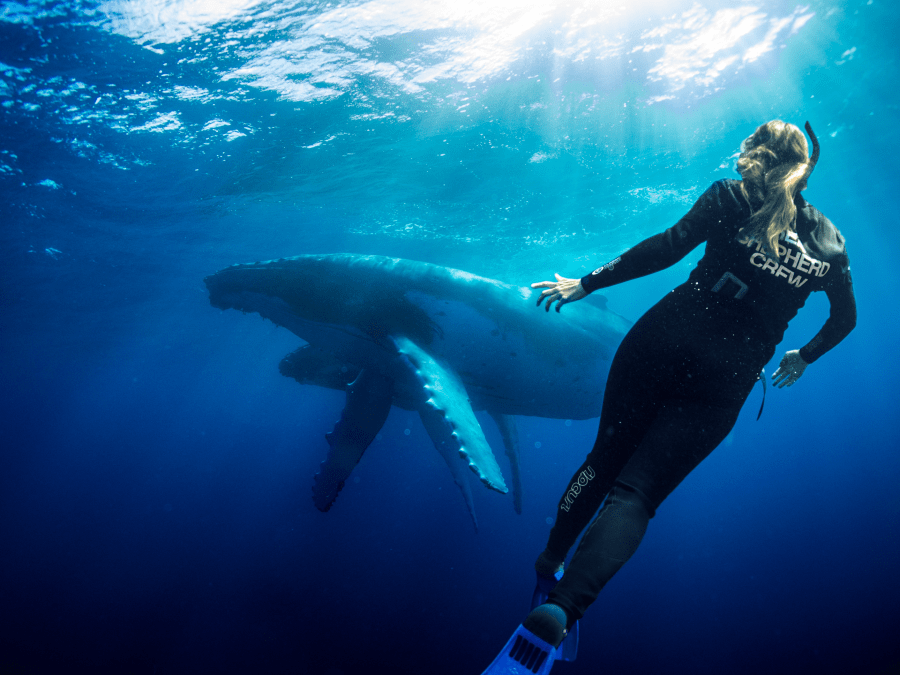
A Sea Shepherd crew member free dives with humpback whales in Tonga.
 Dropbox Dash: The AI teammate that understands your work
Dropbox Dash: The AI teammate that understands your work
.png/_jcr_content/renditions/hero_square%20(2).webp)














.jpg/_jcr_content/renditions/1200x628%20(5).webp)




